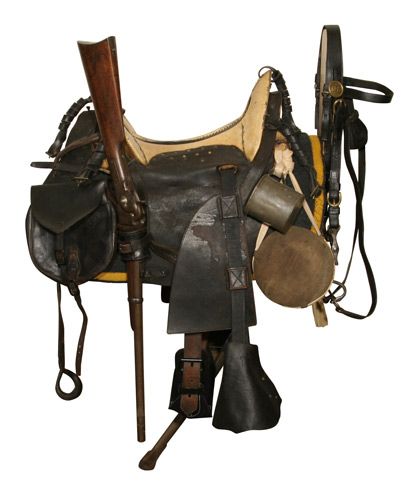Military revolvers in that period were loaded with cartridges, period. No organized troops carried powder flasks and loose bullets, though some "militia" might have. And loading a revolver with cartridges is fairly fast if one has some practice.
Regardless of well-publicized statements to the contrary, standard practice on both sides was to consider the saber to be the primary weapon for fighting on horseback, and the carbine for fighting dismounted. The revolver was used in shock tactics or if distance was too great for the saber, but revolvers had the serious problem of the shooter being as likely to hit a friendly trooper or his own horse as an enemy soldier.
Incidentally, the Remington was not universally liked. One reason was that the top strap kept fired caps from being thrown clear so they fell into the mechanism. Caps could be cleared from the Colt by turning the gun upside down while cocking and that was often done by pointing the gun up and back over the shoulder. That was the origin of the Army practice of commencing range firing from the "raise pistol" position, a practice taught at least into the 1970's.
Jim



